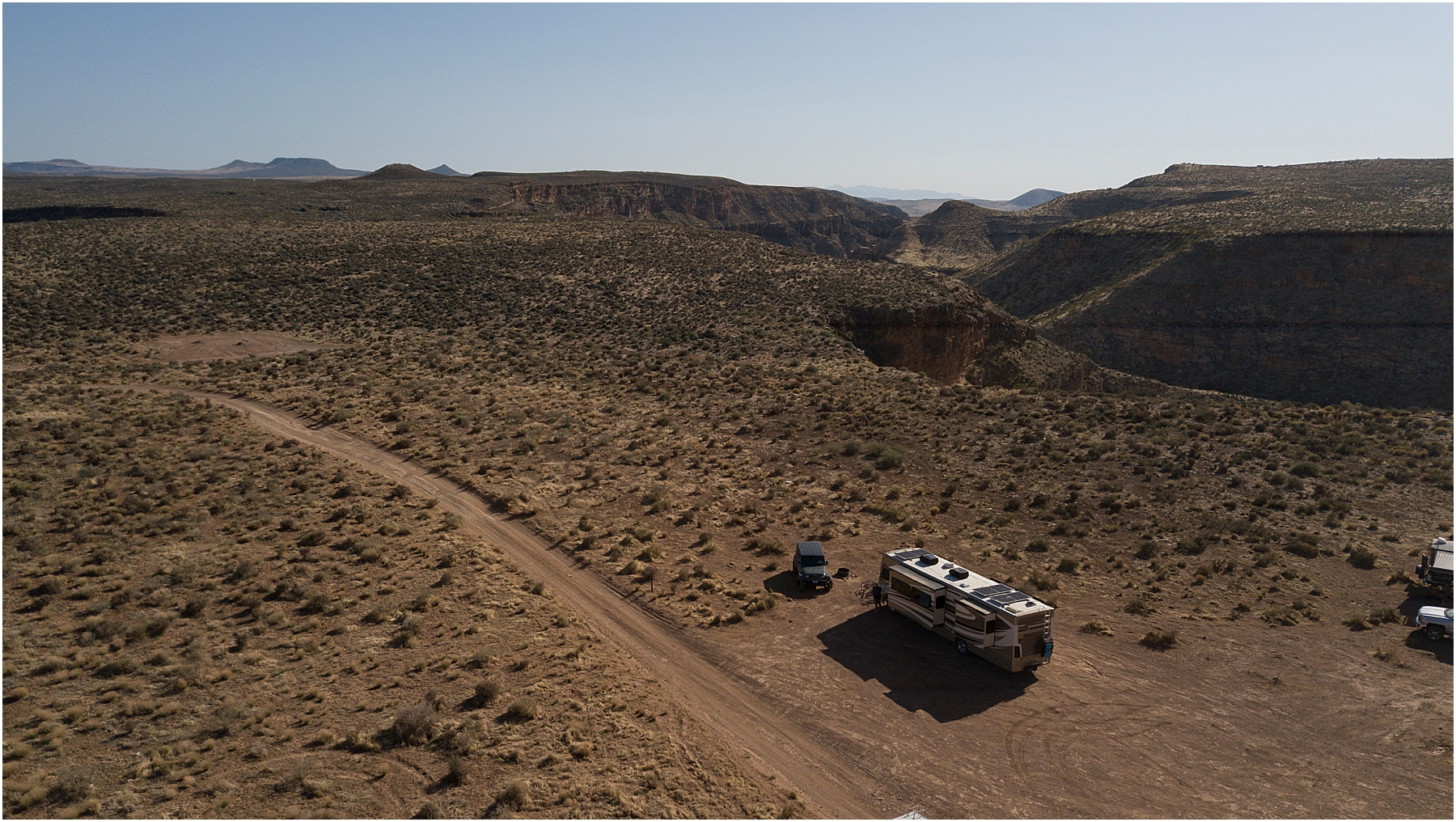

If you’re parking right next to a river then you also need to be aware of possible flash floods during heavy rain and storms. Most of the time you are going to be parking on dirt or sand and the last thing you want to happen is for you to get stuck! Check the weatherīe sure and check the weather for where you’ll be camping and make sure there won’t be any issues. It’s also important to check your route as well. Obviously, this isn’t always possible, but just keep it in mind and check the area in advance when you’re able. Popular boondocking locations can also fill up quickly so it’s always best to have a backup plan in case there’s no room for you or it’s not a good fit. Reading reviews online helps, but there are sometimes things that you can’t foresee. We have found ourselves in some tight situations when we didn’t scout in advance. If you’re close enough to scout out the area in advance without your RV, that’s always best. Rainier National Park Scout out the area you plan to boondock in advance when you can I also make sure that all dishes are washed, but I do this before every travel day anyways. I like to wash and cut up vegetables and fruit, trim chicken or whatever meat we have, and sometimes even make meals to put in the fridge or freezer to easily pull out and cook. This saves water when we’re boondocking because we can wash fruits and veggies and also wash whatever dishes we use to do so. Not only do I like to stock up on food, but I also like to prep it. Side note – you can read about how I organized our RV pantry here. We have a pretty large pantry that allows us to stock up on dry goods, and we stock our refrigerator and freezer before we leave as well. We try to stock up on whatever food we will need before we reach our boondocking location so that we have everything we need. Stock up on foodīoondocking locations are often pretty remote and far away from towns. We have solar, Battleborn batteries, and a generator. We will go into more detail on this later, but you need to have a reliable power source. Baja, Mexico Have a reliable power supply Our favorite thing to use for this is our water bladder which holds roughly 30 gallons of water. If you don’t want to fill your tanks in advance, you can use something to haul water. We have a 66-gallon tank on our 5th wheel that will last us for a while. Just make sure that the water you’re getting is potable and safe. You can fill up at your RV park (if you’re staying at one) or you can find somewhere to fill up.Ĭity parks and truck stops have been good places for us to get water when needed in the past. We generally like to fill our water tanks before we head to a boondocking location.
#Boondocking tips how to
Make sure you have a water supply or a plan for how to get water
#Boondocking tips full
You can check that out for the full list and details on each item and what camping gear you’ll need. I actually wrote an entire blog post on this subject called 11 Essential Items for Boondocking for Beginners in an RV. Make sure you have the essential items you’ll need for boondocking Here’s a few things you can do to prepare. You definitely need to be prepared before you go boondocking, especially if it is your first time. I also consider staying in parking lots like Walmart and Cabela’s as moochdocking.
#Boondocking tips install
Moochdocking usually means you don’t have hookups as well, but sometimes a family member will install electric hookups and more often than not, there is water available nearby.

We always moochdock when we visit my family’s farm in Illinois. Moochdocking is more commonly used to refer to parking on a friend’s or family’s land. You may have also heard of the term “moochdocking” which is similar to boondocking.
#Boondocking tips free
You usually don’t have any hookups (which separates boondocking from developed campgrounds) and it is most often free campsites. It is also referred to as “dry camping” and usually just means that you are camping in a remote area with little to no amenities. The word “boondocking” comes from the word “boondocks” which refers to a rural or remote area. In case you are completely new to boondocking and what it is, I wanted to take a quick second to explain it to you.




 0 kommentar(er)
0 kommentar(er)
